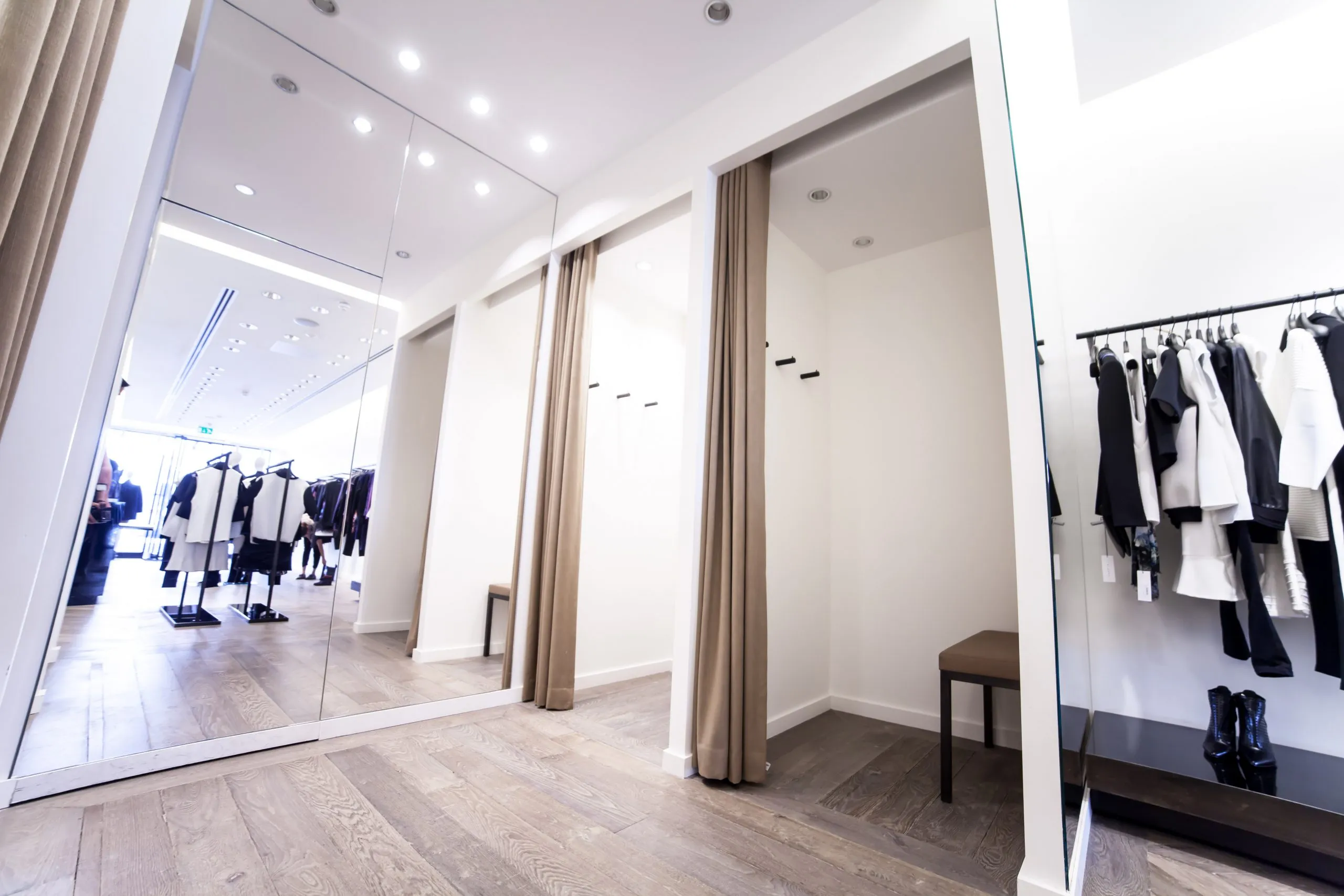In the current fast-paced retail landscape, standing out from the competition is increasingly vital than ever. As consumer expectations evolve and emerging shopping trends arise, the importance of a thoughtfully designed and captivating retail space cannot be overstated. Retail refurbishment has emerged as a powerful strategy for brands seeking to revitalize their brand identity, enhance customer experience, and ultimately boost sales. This investment not only signals a commitment to quality and innovation but also helps to cultivate a fresh, welcoming atmosphere that draws customers in and prompts repeat visits.
Understanding what retail refurbishment entails is crucial for any business looking to stay relevant. It involves rethinking and upgrading various aspects of a store, from layout and design to lighting and materials. Regardless of whether you're thinking about a complete overhaul or minor updates, recognizing the indicators that your store needs an update can create opportunities for transformative changes. By investing in refurbishment, you don't just refresh your space; you rejuvenate your brand and strengthen your connection with customers in a constantly changing market.

Grasping Commercial Refurbishment
Retail refurbishment refers to the process of modernizing and reconfiguring a retail space to enhance its attractiveness and efficiency. This can involve a multitude of modifications, including design enhancements, spatial adjustments, and upgrades in consumer interaction. The aim of refurbishment is not only to revitalize into an older location but also to harmonize it more effectively with contemporary market trends, consumer expectations, and business persona.
The requirement for commercial renovation often arises from alterations in customer preferences, advances in tech innovations, and changes in aesthetic choices. Retailers must remain competitive in an constantly changing landscape, and a renovated space can act as a effective tool for attracting new customers while retaining current ones. An efficient refurbishment can convert a dated space into a lively environment that attracts buyers and encourages them to explore more, ultimately leading to boosted profits.
Understanding the importance of retail refurbishment goes beyond mere aesthetics; it also encompasses tactical planning and execution. Businesses must evaluate their existing environment, spot improvement opportunities, and create a detailed refurbishment plan that tackles design, configuration, and client involvement. Through this approach, businesses can establish a invigorated atmosphere that not only shows their brand values but also enhances the overall customer journey.
How Refurbishment Influences Brand Perception
Store renovation plays a significant role in influencing a brand's image and perception in the view of consumers. A fresh store interior signals that a brand is invested in its appearance and values about customer experience. This can create a strong first impression that connects with potential customers, making them more likely to engage with the brand and make a purchase. An updated environment can effectively reflect a brand's values and mission, aligning the physical space with the overall branding strategy.
Moreover, a thoughtfully planned refurbishment can revitalize a underperforming brand by creating a excitement in the marketplace. Creative design features and enhanced functionality can improve the customer's journey, making shopping more enjoyable and easy. As customers experience these upgrades, they are more likely to share their favorable experiences through word-of-mouth and social media, further boosting the brand's reach and appeal. This can help in bringing in not just existing customers but also new audiences who might not have considered the brand before.
Lastly, ensuring a contemporary and visually appealing retail space strengthens brand loyalty. When customers see a brand continuously investing in its physical presence, it fosters trust and reliability. Resources is particularly important in competitive markets where customer retention is essential. By ensuring that the store embodies current trends and customer preferences, brands can position themselves as leaders in their industry, ultimately bolstering their image and driving sustained success.
Planning and Implementing a Effective Refurbishment
Successful planning is vital to the success of any retail refurbishment initiative. Begin by clarifying your objectives explicitly, whether it’s to update your space, elevate customer experience, or increase operational efficiency. Perform a comprehensive analysis of your current store layout and determine areas that need enhancement. Obtaining input from staff and customers can provide important insights into effective practices and ineffective aspects. Once you determine what you aim to achieve, formulate a detailed plan that details the scope of work, budget, and timeline for the refurbishment.
Carrying out the plan is where the planning comes to life. It is important to collaborate with skilled professionals who understand retail refurbishment. Selecting the right contractors and suppliers will have a considerable impact on the quality of the finished project. Information sharing is key during this phase; keep all stakeholders updated about progress and any potential disruptions. Additionally, make an effort to decrease the impact on customers by planning work during off-peak hours or using temporary setups to support operations.
Once the refurbishment is in progress, consistently review progress against your goals and timelines. Flexibility is crucial, as unexpected challenges may arise that necessitate on-the-spot decisions. After the conclusion of the project, take the time to assess the outcomes against your initial objectives. Collect feedback from customers and employees to evaluate the effectiveness of the refurbishment. This reflective process will not only help you understand the return on investment but will also steer future enhancements to keep your retail space consistent with developing consumer expectations.
